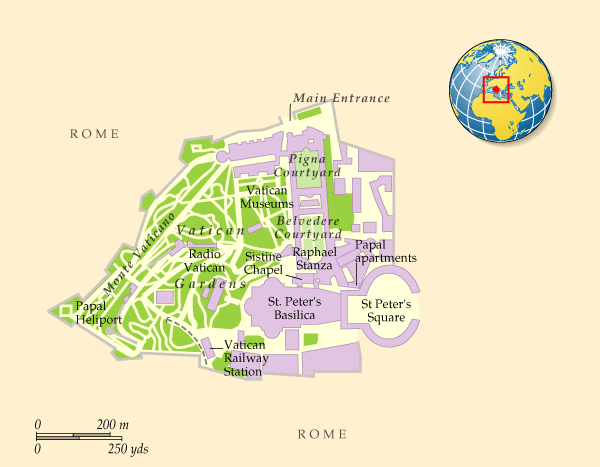1. Which is the smallest country (by territory) in the world and how small (or big) is it? Which one is the largest country (by territory) and how big is it?
Vatican City - 0.44 km2 - The world's smallest country, Vatican has a population of 770. Vatican City is surrounded by Rome, Italy. Russia - 17,075,400 km2 –The world’s biggest country, Russia has a population of 141,927,297
2. What caused the Dead Sea to form? What country (counrties) does the Dead Sea reside in?
The Dead Sea, also called the Salt Sea, is a salt lake in Jordan to the east and in the West Bank and Israel to the west. The Dead Sea formed, where two crustal plates are spreading apart.
3. Which highest peak of a continent is also known as the Carstensz Pyramid ?
Puncak Jaya (Carstensz Pyramid) is the highest mountain on an island on the planet, rising to over 5000 meters on the tropical island of New Guinea.
4. Which is the third longest river in the world?
The third longest river in the world is The Mississippi River(3,730 km), which is located in the United States.
5. Which is the deepest ocean trench in the world?
Challenger Deep in the Mariana Trench is the deepest point in Earth's oceans. The bottom there is 10,924 meters below sea level.
6. Why was the famous explorer Sir Walter Raleigh placed in the Tower of London?
Sir Walter Raleigh was an English aristocrat, writer, poet, soldier, courtier, and explorer .In 1591 he secretly married Elizabeth Throckmorton, one of the Queen's ladies-in-waiting, without requesting the Queen's permission, for which he and his wife were sent to the Tower of London.
7. What is the biggest body of water in the world?Illustrate.
The biggest body of water in the world is Pacific Ocean (169.2 million km2)
8. What is the largest desert of the world? Give a short overview of its inhabitants in the history.
The Sahara ("The Greatest Desert") is the world's largest hot desert. At over 9,000,000 square kilometres, it covers most of Northern Africa, making it almost as large as the United States or the continent of Europe. Berbers are one of the oldest known inhabitants of the Sahara Desert. They are the people that occupied (and still occupy) more than two thirds of the Sahara's total surface. By 6000 BC Egyptians were herding cattle in permanent settlements in Sahara. Phoenicians, who flourished between 1200-800 BC, created a confederation of kingdoms across the entire desert to Egypt. By 500 BC, a new influence arrived in the form of the Greeks. Greek traders spread along the eastern coast of the desert, establishing trading colonies along the Red Sea coast. European colonialism in the Sahara began in the 19th century.
9. By whose name was America named? When?
America was named after Amerigo Vespucci, who discovered it in 1507.
10. Who was the famous explorer who conquered the Incas of Peru and when?
In 1532,15 November: Francisco Pizarro reaches Cajamarca and captures Atahuallpa, the emperor of the Incas. Three years later Pizarro founded Lima, Peru which he called Ciudad de los Reyes meaning 'City of the Kings.
Links:
- http://geography.about.com/cs/countries/a/smallcountries.htm
- http://en.wikipedia.org/wiki/Russia
- http://www.extremescience.com/DeadSea.htm
- http://en.wikipedia.org/wiki/Dead_sea
- http://peakbagger.com/peak.aspx?pid=11360
- http://en.wikipedia.org/wiki/Mississippi_river
- http://geology.com/records/deepest-part-of-the-ocean.shtml
- http://en.wikipedia.org/wiki/Walter_Raleigh
- http://en.wikipedia.org/wiki/Pacific_Ocean
- http://en.wikipedia.org/wiki/Sahara
- http://www.elizabethan-era.org.uk/amerigo-vespucci.htm
- http://www.elizabethan-era.org.uk/francisco-pizarro.htm














































